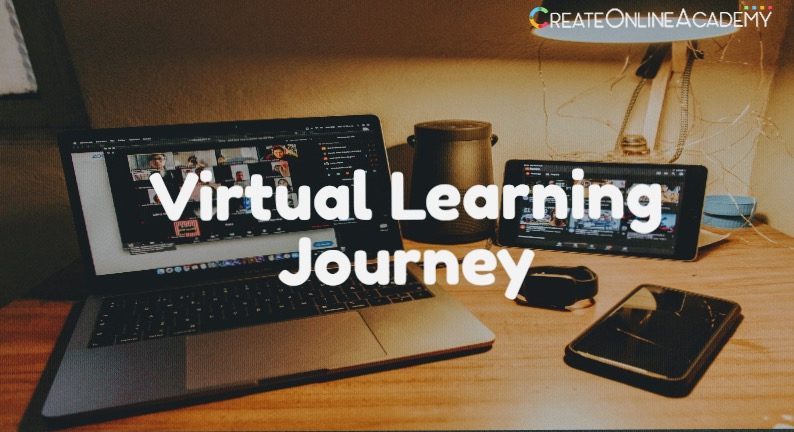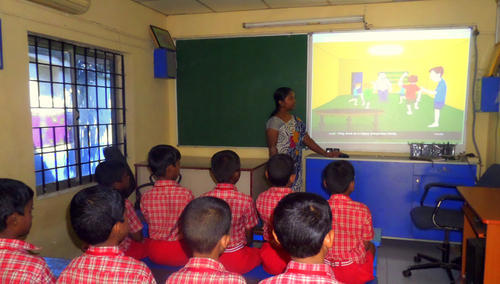How to Design Virtual Learning Journeys

Brief Summary: This article discusses in depth the various ways to design virtual learning journeys, which add visual importance to training programs.
Introduction
2020 was an unprecedented year in the history of mankind. Our lives went online almost overnight. A large quantity of content has been created in these past few months.
2021 brings with it a fresh challenge. How to improve on the content that has already been created? How to design an effective virtual learning journey? Read on, and you will know.
Three Terms of Virtual Learning
Let us start our journey on a sure footing. The base camp of all virtual learning journeys have three terms. These are:
- Curriculum Design: Topics and content make up a certain curriculum. Design is the way the curriculum is laid out for learners. Used together, curriculum design is the sum total of all content, how it is accessed and used.
- Blended Learning: This means the way you choose to deliver your content. Some popular examples are video, text, apps and audio snippets. The more the merrier, as learners like variety. This makes your content more interesting and engaging.
- Learner’s Journey: This is the entire journey you take with your learners. It includes the climb and every peak you scale together. In fact the journey starts even before the learners team up with you. It could start from the moment they hear about your program.
Ask and Ye Shall Receive
It is important to keep your eye on the goal. It is equally important to ensure that learners have a great journey as they move towards that goal.
The simplest way to ensure this is to ask the learners what they want. You will be surprised by how much they want to talk about themselves. Learners can offer insights on what technology is preferable, which resources are helpful, and how much time they can afford for your program.
Some trends you are bound to spot are job role, collaboration style, tenure and personality. You need to maximize everyone’s attention and time by providing different routes to the same end.
Visual Maps
By creating a visual map of the virtual learning journey, you can hand the navigation tools to your learners. If learners know the itinerary beforehand, they can plan ahead and prepare themselves mentally.
A visual map generally gives an overview of terms and topics, which is essential for beginners. A bird’s eye view of the journey will help learners to look at the road ahead and behind, with ease.
Measure Satisfaction
It is not difficult to find out if your learners are enjoying the virtual learning journey that you have created for them. It is actually very easy to measure satisfaction.
There are three kinds of evaluation that can be used to measure learners’ satisfaction. Let us read about them.
Level One: Have you ever visited a restaurant and been given a survey form at the end of your meal? Or an online survey at the checking counter of a store? These are level 1 evaluations, which focus on the customer experience (CX). Most of these surveys ask about staff courtesy, store layout, if you will return to the store or restaurant, and if you will recommend it to a friend.
In the world of virtual learning, the focus is on the learner experience (LX). But the level one evaluations can be tweaked to suit this need. The learners can be asked if it is easy to log in to your program and find what they are looking for. You can also ask learners if they enjoy your content, if it is useful for them, and ask them to elaborate on their answers.
Level Two: A Level 2 evaluation can throw light on whether your learners are mastering the knowlege you have curated for them. This is a more in-depth evaluation compared to Level 1.
Level Three: Are your learners applying the skills you taught them in their work lives? A Level 3 evaluation can give you the answer. Pro tip: don’t keep the Level 3 evaluation for the very end. Keep asking your learners at various points on their journey.
All three levels of evaluation are important to measure learner satisfaction. Don’t rely too heavily on any one level at the cost of the others. Applied together, they can be a formidable trio of tools.
Conclusion
Virtual learning journeys need not be boring. Armed with the correct tools, you can make learning a treat!








